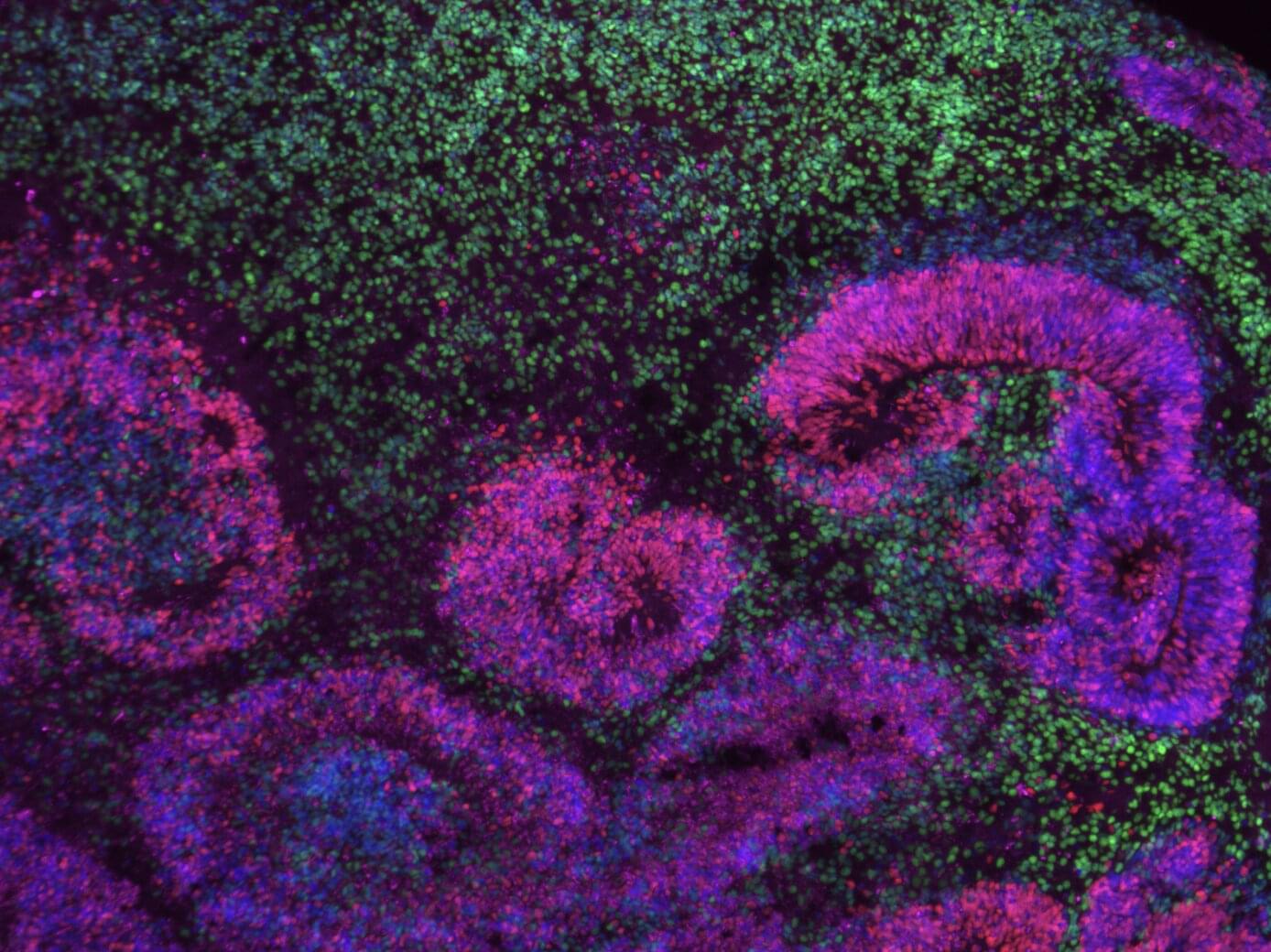The human brain is known to contain a wide range of cell types, which have different roles and functions. The processes via which cells in the brain, particularly its outermost layer (i.e., the cerebral cortex), gradually become specialized and take on specific roles have been the focus of many past neuroscience studies.
Researchers at the University of California Los Angeles (UCLA) analyzed different datasets collected using single-cell transcriptomics, a technique to study gene expression in individual cells, to map the emergence of different cell types during the brain’s development.
Their findings, published in Nature Neuroscience, unveil gene “programs” that drive the specialization of cells in the human cerebral cortex.
